Yes, different types of coffee beans can have slightly varying ideal brewing temperatures depending on their origin, roast level, and flavor profile. Here’s a breakdown of how these factors influence the ideal brewing temperature for different beans:
1. Light Roast Coffee Beans
-
Ideal Brewing Temperature: 90°C to 96°C (195°F to 205°F)
-
Reason: Light roast beans are roasted for a shorter time, which preserves more of the bean's natural flavors, acidity, and complexity. A higher temperature helps extract these delicate flavors without under-extraction.
-
Notes: Light roast coffees often have fruity, floral, or citrusy notes. If the temperature is too low, these flavors may not be fully expressed.

2. Medium Roast Coffee Beans
-
Ideal Brewing Temperature: 88°C to 93°C (190°F to 200°F)
-
Reason: Medium roast coffee strikes a balance between preserving natural bean flavors and developing deeper caramel or chocolate notes through roasting. A slightly lower temperature compared to light roasts can help achieve a smoother balance of flavors.
-
Notes: Medium roasts tend to have balanced acidity and sweetness. Lower temperatures can bring out more sweetness and reduce bitterness.

3. Dark Roast Coffee Beans
-
Ideal Brewing Temperature: 85°C to 90°C (185°F to 195°F)
-
Reason: Dark roast beans have already undergone significant caramelization and development during roasting, giving them a bold, smoky, or chocolaty flavor. A slightly lower brewing temperature can prevent over-extraction of bitterness.
-
Notes: Dark roasts can easily become bitter if brewed with too hot water. The lower temperature helps to mellow out the strong, intense flavors.
4. Single-Origin Coffee Beans
-
Ideal Brewing Temperature: 90°C to 96°C (195°F to 205°F), depending on the origin
-
Reason: Single-origin coffees come from a specific region or farm and often have unique, complex flavors. Lighter single-origin coffees with fruity or floral profiles may benefit from higher temperatures, while more earthy, chocolatey coffees may do better with slightly lower temperatures.
-
Notes: Single-origin beans can vary widely in flavor. For example, Ethiopian beans may have vibrant fruitiness that shines at higher temperatures, while Sumatran beans may have earthy, robust flavors that do well at lower temperatures.
5. Arabica Beans
-
Ideal Brewing Temperature: 90°C to 96°C (195°F to 205°F)
-
Reason: Arabica beans are generally more nuanced and delicate in flavor, often featuring fruity, floral, or acidic notes. A higher temperature can help extract these complex flavors.
-
Notes: Arabica is the most common coffee species and is usually lighter and more aromatic than robusta beans.
6. Robusta Beans
-
Ideal Brewing Temperature: 88°C to 93°C (190°F to 200°F)
-
Reason: Robusta beans tend to have a stronger, more bitter flavor with earthy or nutty undertones. A slightly lower temperature can help tame their bitterness while still extracting the full body.
-
Notes: Robusta is often used in espresso blends for its boldness and crema-producing qualities.
7. Blended Coffee Beans
-
Ideal Brewing Temperature: 88°C to 93°C (190°F to 200°F)
-
Reason: Coffee blends are often designed to balance flavors from different beans. A medium brewing temperature is ideal to bring out the harmony between the beans.
-
Notes: Blends often include beans from multiple origins or roast levels, so the temperature should aim to extract balanced flavors without favoring one profile too heavily.
General Brewing Temperature Tips by Roast:
- For lighter roasts (and more delicate flavor profiles): Use the higher end of the temperature range (90°C to 96°C / 195°F to 205°F) to enhance their brightness and complexity.
- For darker roasts (and stronger, more robust flavor profiles): Use a slightly lower temperature (85°C to 90°C / 185°F to 195°F) to avoid excessive bitterness and bring out the smoother, deeper notes.
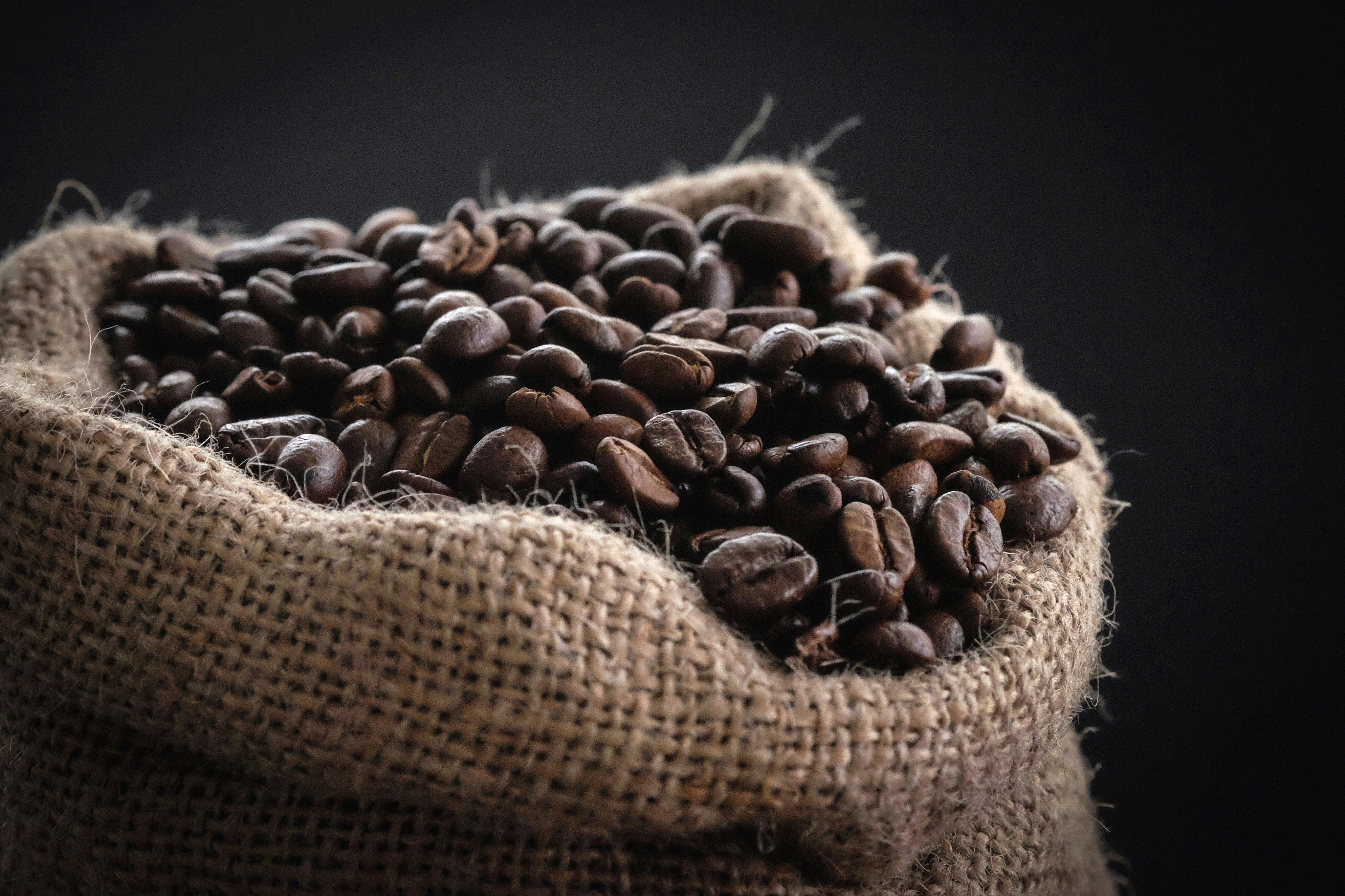
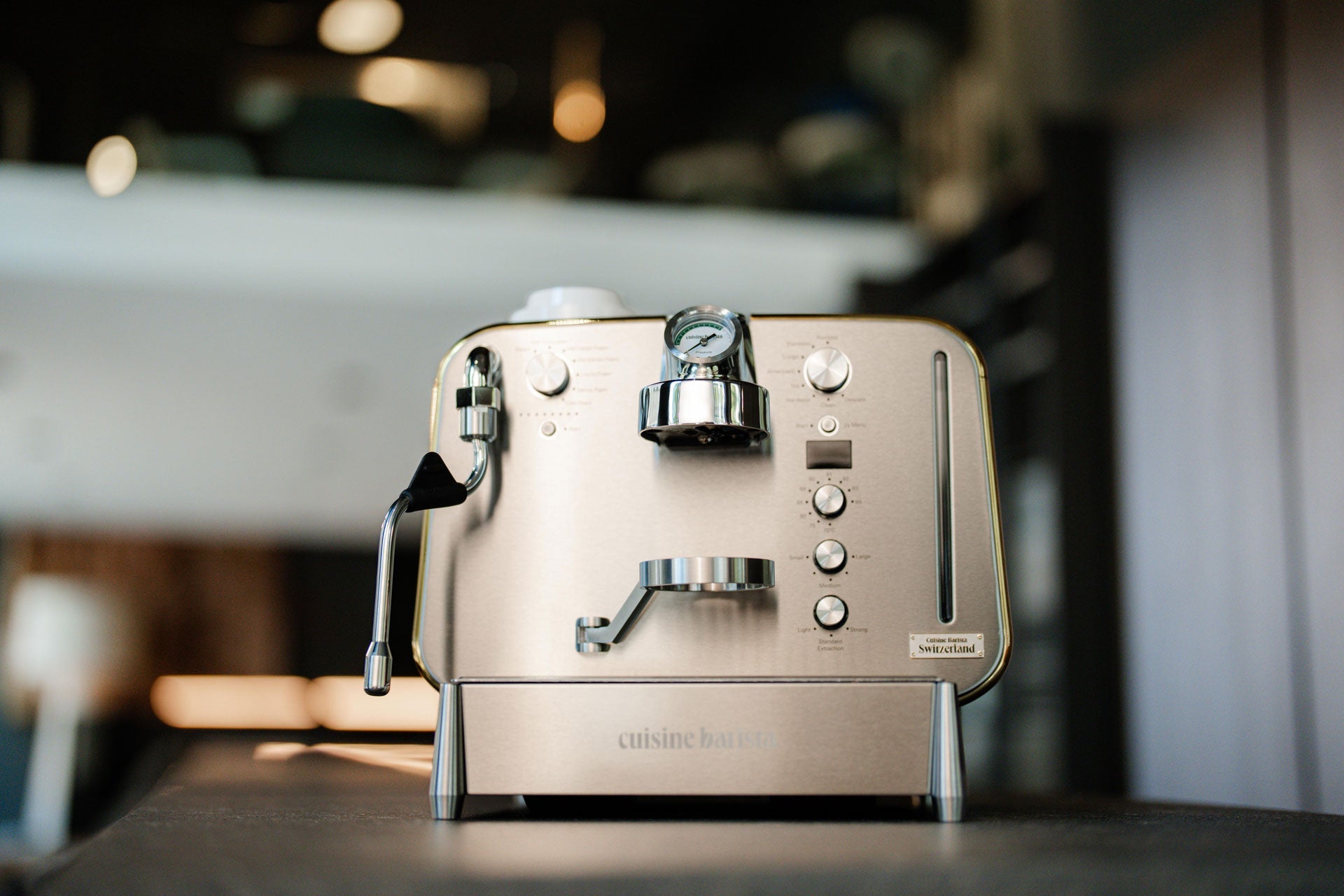
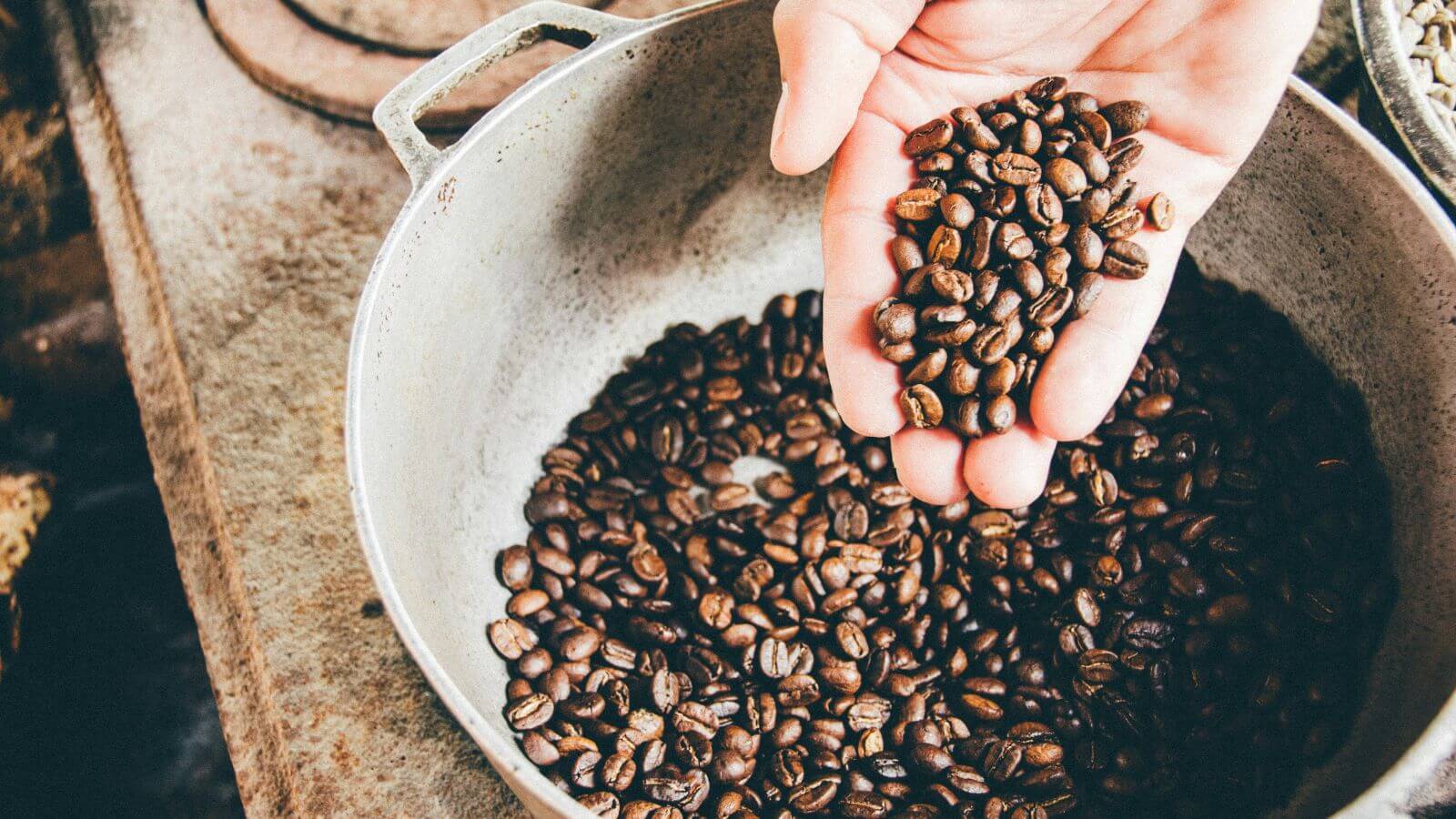
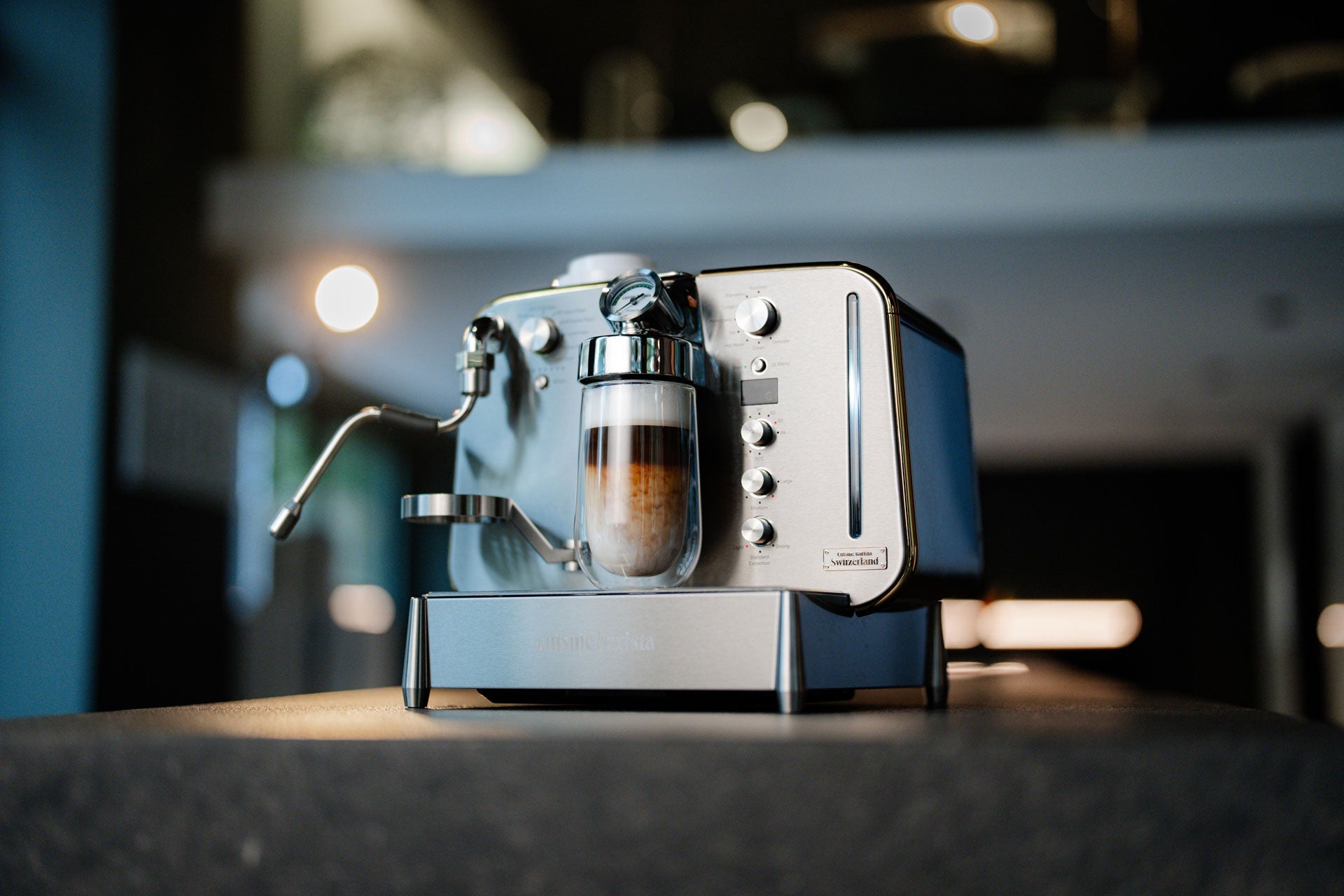
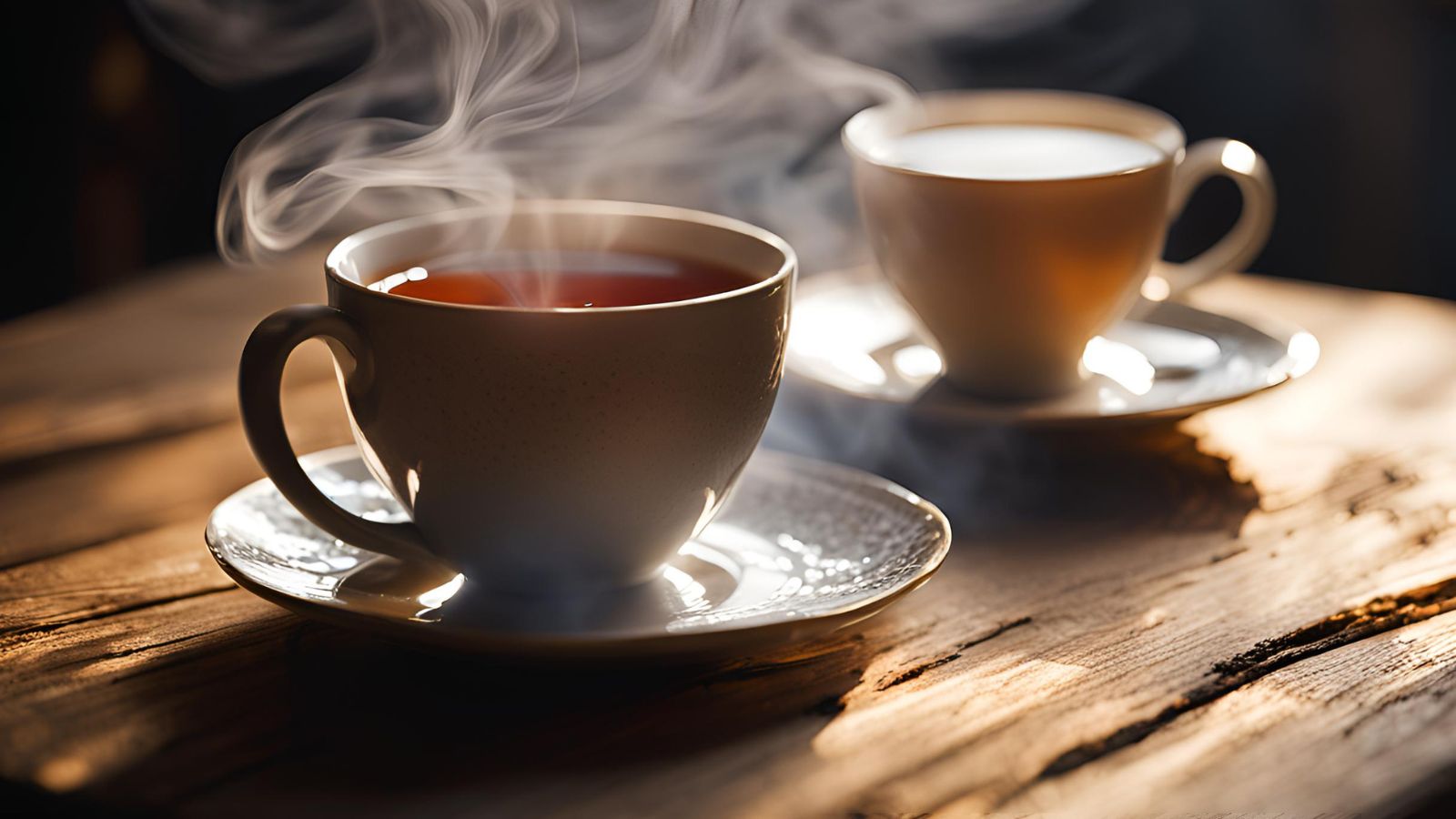
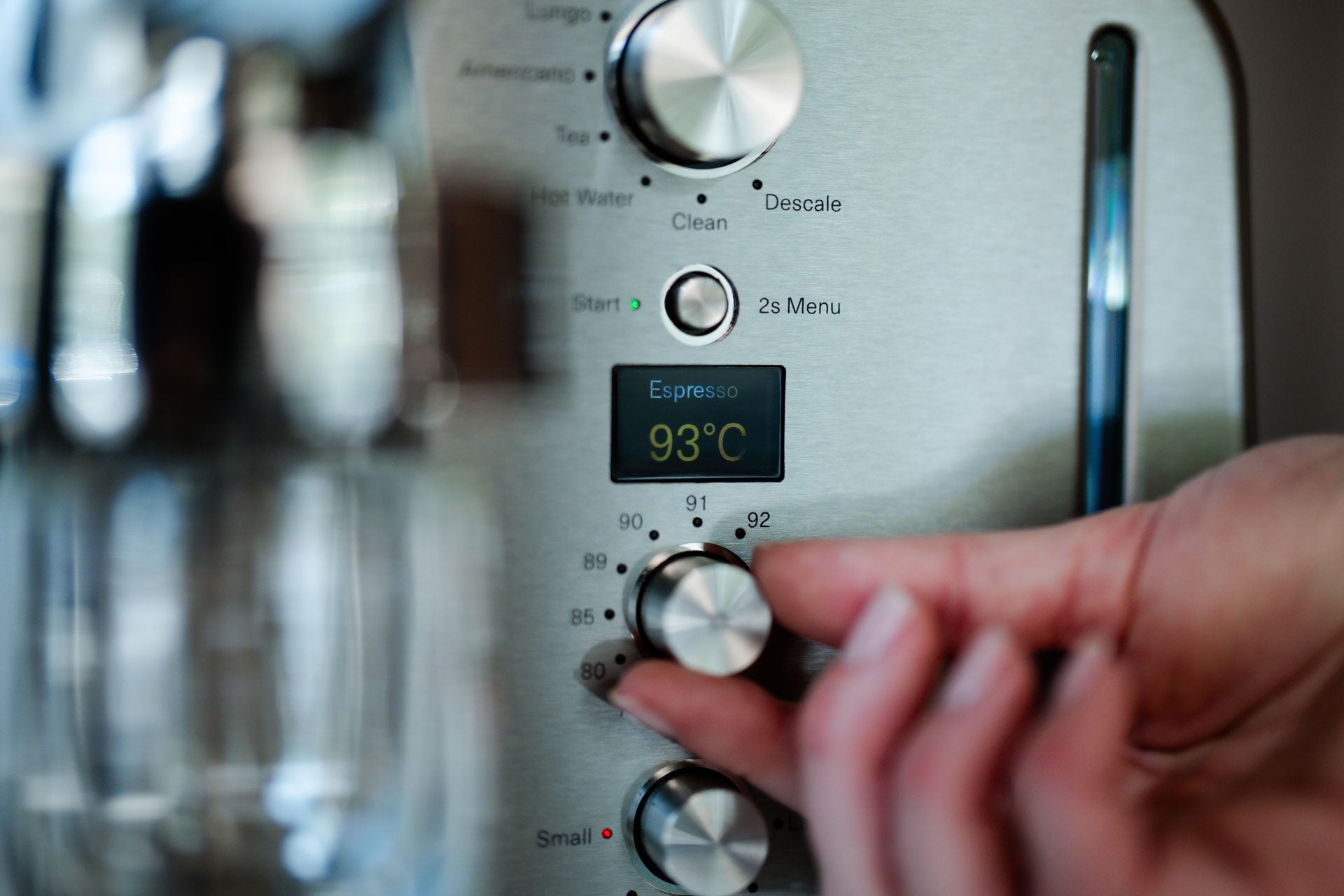
Share:
Different tea types and the ideal brewing temperature
Instant Gratification: Why a 7-Second Ready Capsule Machine is a Game-Changer